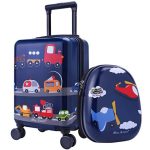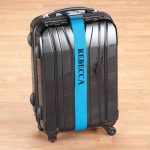Analyze Current Market Trends
To capitalize on a luggage sale, understanding market trends is crucial. Keep a close eye on consumer preferences, like the rising demand for smart luggage with USB ports and GPS trackers. Notice trends in materials, such as durable polycarbonates or lightweight fabrics. Seasonal travel spikes, often seen in summer and around major holidays, can affect sales. Monitor your competitors’ pricing strategies and marketing campaigns too. These insights will guide your inventory choices, helping you to stock up on trending items that are likely to sell quickly.
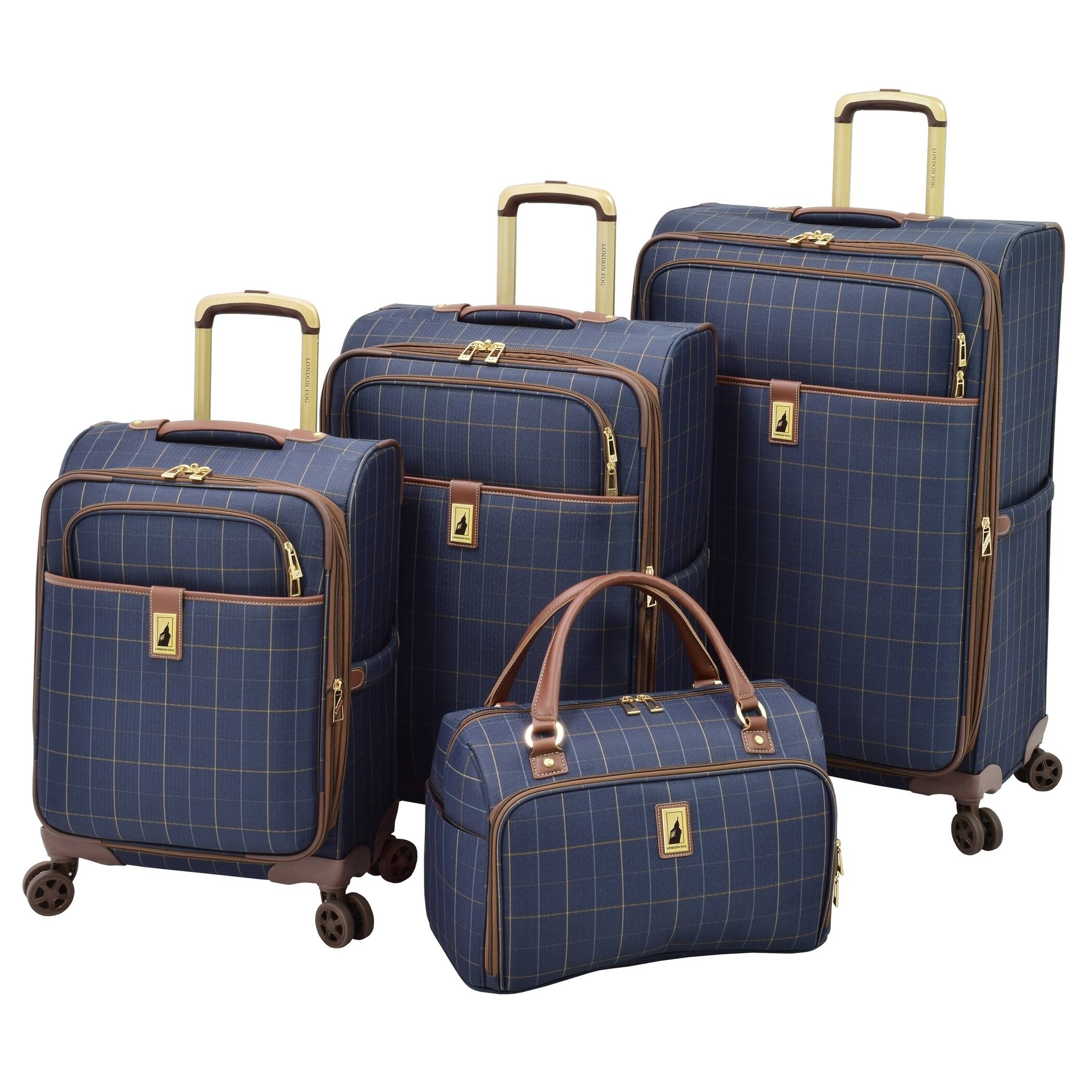
Look for patterns in sales data and customer feedback. Trends often show in repeat purchases and customer reviews. By assessing this information, you can anticipate future needs and preferences. Stay updated with industry reports and travel news. They often signal shifts in the travel sector that might impact your business. For instance, changes in airline luggage policies can influence the type of luggage travelers seek.
Attend trade shows and network with others in the travel gear industry. These events are hotspots for observing upcoming trends and innovations firsthand. Engage with experts and thought leaders to get a deeper sense of where the market is heading. And lastly, make the most of online tools and analytics. They can reveal a lot about online search patterns and shopping behaviors related to luggage sales.
Assess Your Inventory and Suppliers
After analyzing current market trends, it’s time to assess your inventory and suppliers. This step ensures your luggage sale offers products that align with customer desires. Here’s how:
- Review Your Stock – Scan your inventory for outdated or unpopular items. Flag them for clearance to make room for trending luggage.
- Evaluate Supplier Performance – Are your suppliers reliable and quick to adapt to changing trends? If not, consider sourcing new ones that can better meet demand.
- Align With Trends – Stock up on items that match the latest consumer preferences identified in your market analysis. Think smart luggage with tech-savvy features.
- Balance Variety and Quantity – Offer a range of luggage to cater to different travel needs without overstocking. This approach helps avoid excess inventory that may not sell.
- Monitor Inventory Levels – Use inventory management software to keep track of stock. This tool can help spot patterns, such as fast-selling items during a luggage sale, which can inform your ordering decisions.
- Negotiate with Suppliers – Work on getting the best deals from your suppliers. This can include bulk pricing or more flexible payment terms to improve your margins during the luggage sale.
- Ensure Quality Control – Perform quality checks on your luggage. High-quality items lead to satisfied customers and fewer returns or complaints.
- Prepare for Seasonal Spikes – Plan for increased demand during travel peaks. Ensure your suppliers can deliver quickly when you need to restock rapidly.
Evaluating and optimizing your supply chain is crucial for a successful luggage sale. Remember, your inventory should mirror the current market trends to attract and retain customers.
Develop Promotional Offers and Discounts
Creating attractive promotional offers and discounts can drive a luggage sale forward. It’s about adding value to the purchase for the customer. Here’s how to approach it:
- Time Your Sales Right – Align your promotions with peak travel times. For instance, just before summer or holiday seasons can be ideal.
- Bundle Deals – Pair popular items with related accessories. Offer discounts on these bundles to encourage larger purchases.
- Early-Bird Specials – Reward customers who purchase early. This strategy can help boost sales well before the peak season kicks in.
- Last-Minute Offers – Attract spontaneous travelers with last-minute deals. These can clear out inventory and bring in urgent buyers.
- Loyalty Discounts – Offer discounts or points for repeat customers. It creates an incentive for them to return for future purchases.
- Clearance Sales – Mark down older or slower-moving stock. This creates room for new inventory while offering deals to customers.
- Exclusive Online Discounts – Provide special deals for customers who shop online. This can also increase your website traffic and sales.
- Flash Sales – Run short, limited-time offers. They can create urgency and spur customers into making quick decisions.
Remember, each promotion should be clear and easy to understand. Confusing offers can lead to customer frustration. Always make sure the terms of the sale are explicitly stated. Use these tactics to create a sense of value for your customers and drive your luggage sale.
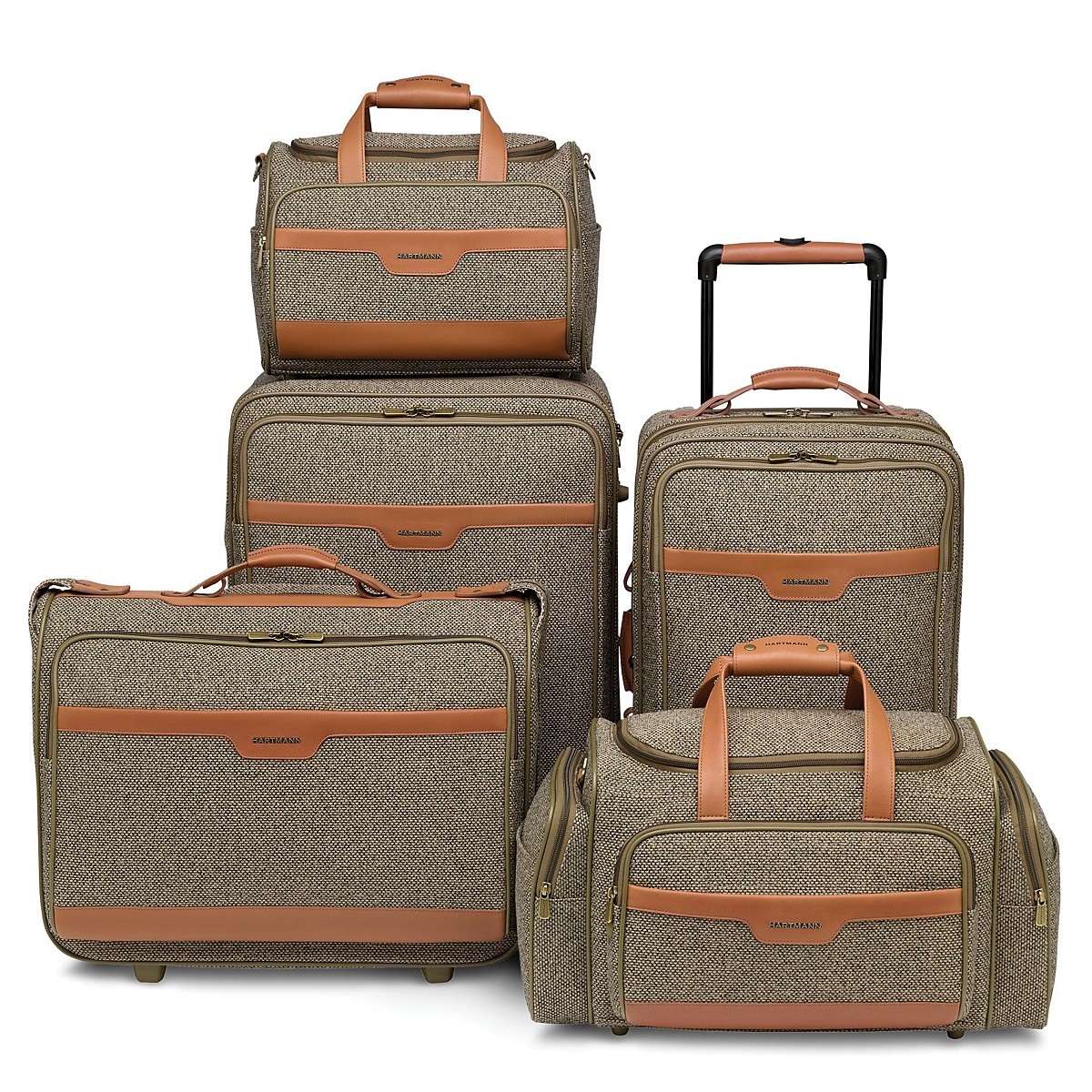 Leverage Social Media for Marketing
Leverage Social Media for Marketing
Using social media for marketing can dramatically increase the reach of your luggage sale. Employ these strategies to harness the power of social platforms effectively:
- Create Shareable Content – Post eye-catching images and useful travel tips that followers would want to share. This can help your posts go viral and attract more customers.
- Use Hashtags Wisely – Include relevant hashtags like #LuggageSale to make your posts discoverable to those looking for deals.
- Engage with Your Audience – Reply to comments and messages promptly. This shows that you value customer interaction.
- Run Social Media Ads – Invest in targeted ads on platforms like Facebook and Instagram to reach potential buyers interested in travel gear.
- Collaborate with Influencers – Partner with travel influencers to tap into their followers and gain credibility.
- Share Customer Testimonials – When customers praise your products, share it! It builds trust and encourages others to buy.
- Host Giveaways and Contests – These can create excitement and encourage participants to visit your store or website.
- Monitor Analytics – Track your campaign performances. Use insights to improve your strategies and target your audience more effectively.
By leveraging social media, you can create a buzz around your luggage sale and connect with customers beyond your local area. Be consistent, creative, and engaging to make the most of your social media marketing efforts.
Host In-Store Events
Hosting in-store events can boost visibility for your luggage sale. These events draw customers in and create a shopping experience. Here are steps to plan successful in-store events:
- Plan Themed Events – Align events with travel seasons or holidays. This attracts customers planning trips.
- Promote on Social Media – Use platforms like Facebook and Instagram to spread the word. Create event pages and posts to engage potential visitors.
- Offer Exclusive Deals – Provide special discounts for event attendees. This encourages more people to come and shop.
- Host Travel Workshops – Organize sessions on packing tips or travel safety. These useful workshops can draw interested customers.
- Collaborate with Local Businesses – Partner with cafes or bookstores to offer cross-promotions. This broadens your reach within the community.
- Implement Safety Measures – Ensure a safe environment. Follow health guidelines to make customers feel secure.
- Gather Feedback – Use events to learn from customers. Collect insights to improve future sales and events.
Plan ahead and execute these strategies well. In-store events can significantly impact your luggage sale success.
Partner with Travel Influencers and Bloggers
Leveraging partnerships with travel influencers and bloggers can amplify your luggage sale and brand awareness. Here are actionable steps to consider:
- Identify Relevant Influencers – Look for influencers who cater to travel enthusiasts and have engaged followings. Their audience should match your target demographic.
- Reach Out for Collaborations – Send personalized invitations to influencers for partnerships. Explain how your luggage sale can benefit their followers.
- Create Affiliate Programs – Offer influencers unique codes for their followers. This tracks sales and gives influencers a share of the profits.
- Supply Product Samples – Give influencers or bloggers your luggage to review. Honest feedback can persuade their audience to make a purchase.
- Sponsor Blog Posts – Fund high-traffic bloggers to write about your sale. This can direct their readers to your website or store.
- Co-host Contests – Partner to run giveaways that require participants to visit your store or site. This boosts engagement and leads.
- Feature Influencer Content – Share their posts, stories, and reviews on your platforms. This shows you value the partnership and can attract their followers to your brand.
- Evaluate Campaign Impact – Measure the success of your influencer campaigns. Use this data to refine future marketing efforts.
Influencer partnerships can lead to a successful luggage sale by reaching a broader audience with trust in the influencer’s recommendations. Choose your partners wisely to ensure a good fit with your brand values and customer base. Always track the effectiveness of these collaborations to continue improving your strategy.
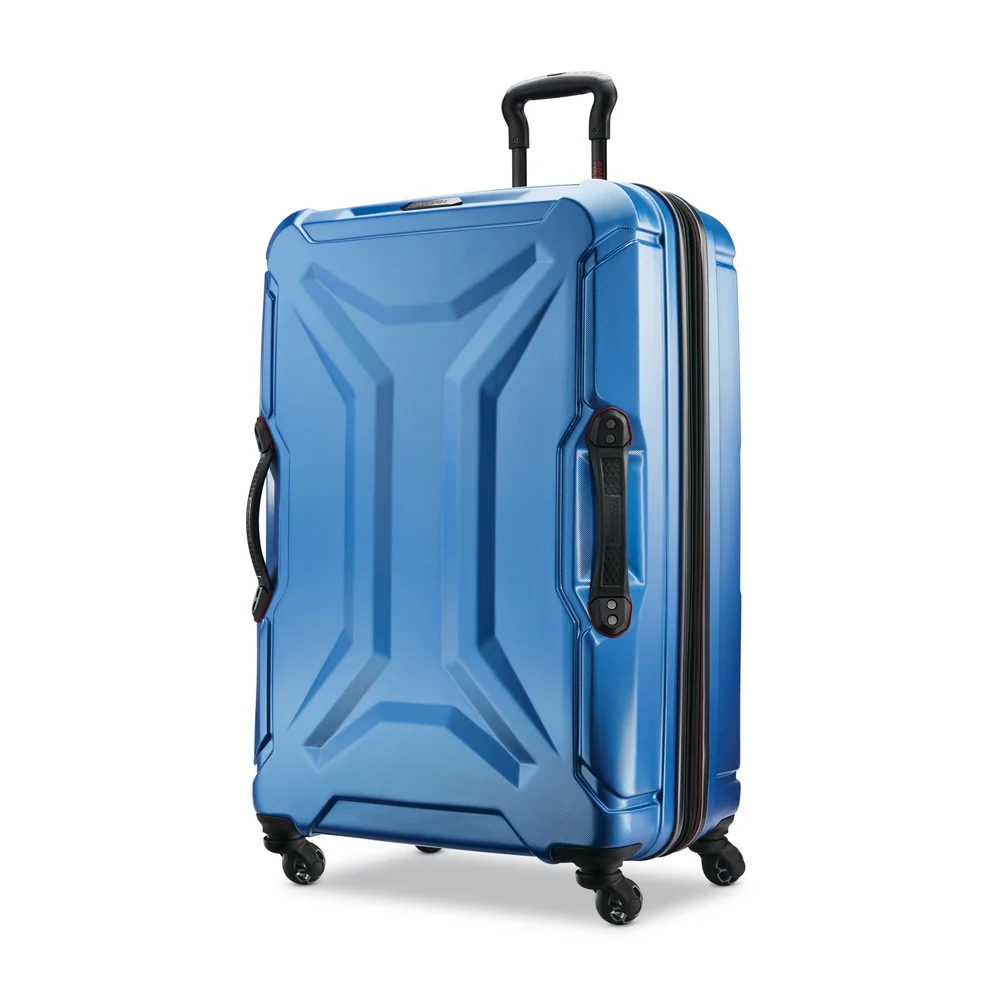 Provide Excellent Customer Service and After-Sales Support
Provide Excellent Customer Service and After-Sales Support
To ensure a memorable luggage sale, prioritize excellent customer service and after-sales support. Here are ways to deliver superb service:
- Train Your Staff – Teach your team how to handle inquiries and resolve issues quickly. Happy staff leads to happy customers.
- Fast Response Times – When customers reach out, reply swiftly. Fast responses show you value their time and business.
- Flexible Returns Policy – Offer a clear, flexible returns policy. This builds trust with customers considering a purchase.
- Follow-Up with Customers – Check in after a sale to ensure satisfaction. A simple follow-up can go a long way in building loyalty.
- Offer Repair Services – Provide repair options for damaged luggage. This service can extend the life of the purchase and reduce customer worries.
- Create FAQs – Post a Frequently Asked Questions section on your website. This helps customers find quick solutions to common issues.
- Gather Feedback – Ask customers for feedback on their shopping experience. Use this info to improve your products and services.
- Handle Complaints Gracefully – Listen to complaints and address them positively. Solving problems can turn unhappy customers into brand advocates.
Remember, the service you provide after the sale can be just as important as the sale itself. Excellent service encourages repeat business and positive word-of-mouth, driving more traffic to your luggage sale. Keep refining your customer service to stay ahead in the competitive travel gear market.
